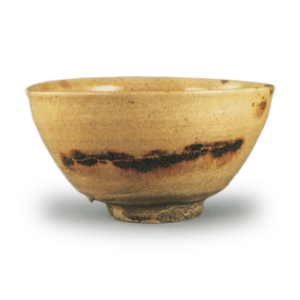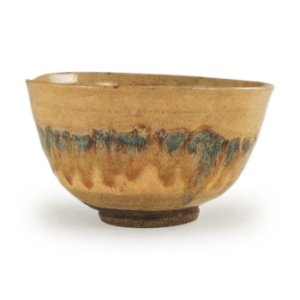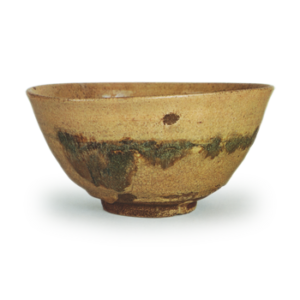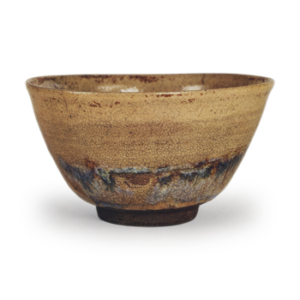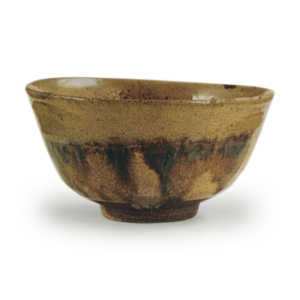Lead compounds used in the ceramic industry, such as carbonate oxides dissolved in dilute acid solutions, are extremely poisonous, and because their effects are cumulative, modern civilized countries have enacted laws and regulations to control lead poisoning. In Japan, the “Regulations for Control of Food and Beverage Apparatus” were enacted and promulgated on December 17, 1900 (Meiji 33) by Ordinance No. 50 of the Ministry of the Interior, and implemented on April 1 of the following year, with two minor revisions in June 1906 and December 1909.
Article 1 states, “Food and beverages to be offered for sale, or eating and drinking utensils, cooking utensils, and other articles used for sale or in business that pose a sanitary hazard may be prohibited from being manufactured, collected, sold, given away, or used, or their business prohibited or suspended, by the administrative agency, in accordance with the provisions of the law. (2) In the case of the preceding paragraph, the administrative agency may require the owner or possessor of the articles to dispose of them, or the administrative agency may directly dispose of them or take any other necessary measures. However, if the owner requests the possessor to dispose of the articles in a manner that will not cause any sanitary hazard, the owner may permit such action. Article 4: “No business person shall manufacture enameled or glazed eating utensils which, when filled with water containing four parts acetic acid in one hundred parts and boiled for thirty minutes, contain arsenic or lead in the liquid. The same shall apply to repairs. Those who violate this rule shall be punished by a fine of not more than twenty-five yen. Since overglaze glaze is fused to the base glaze at a low firing temperature, lead is mainly used as a fluxing agent, which is melted together with silicic acid and acid to make frit, which is then mixed with coloring matter. If the firing is incomplete and the paint is not fully melted into the glaze, the remaining lead may leach out when exposed to acid. Since the lower the firing temperature, the more flux is added, the more lead is contained in the low-fired paints, and since most low-fired paints are crude, this problem sometimes occurs due to insufficient fusion. However, whether or not lead is released depends on the state of melting, and it is difficult to decide only by the lead content or the amount of lead contained. In short, this problem does not occur if the properties of the base glaze as well as the ingredients of the paint are examined, and if the glaze is fired at a safe and necessary firing temperature. It is best to avoid such paints depending on the intended use of the vessel. Of course, there is no problem if lead is not fundamentally used, and for this purpose, conventional lead is substituted for lead, and some lead-free paints have been produced through various studies, but they are not far behind those using lead as a fluxing agent in terms of color and gloss. Even though they do not violate the law, such imperfect colors do not serve the purpose of coloring, making them unusable in the end. Therefore, it is difficult to avoid the use of lead as an overglaze pigment, but it goes without saying that the elution of lead can be sufficiently prevented through technical precautions. It goes without saying that people are afraid of lead on the human body, but the amount of lead contained in porcelain paints is far less than in other lead-based pigments and paints, and the amount applied to a part of a vessel as a painting is small. There is also a theory that these small quantities of lead are immediately discharged in the feces as lead oxide when food is digested.
In reality, however, the patterns on inadequately fired powder paint would peel off immediately after the vessel is washed several times, so there is no concern about lead poisoning.
